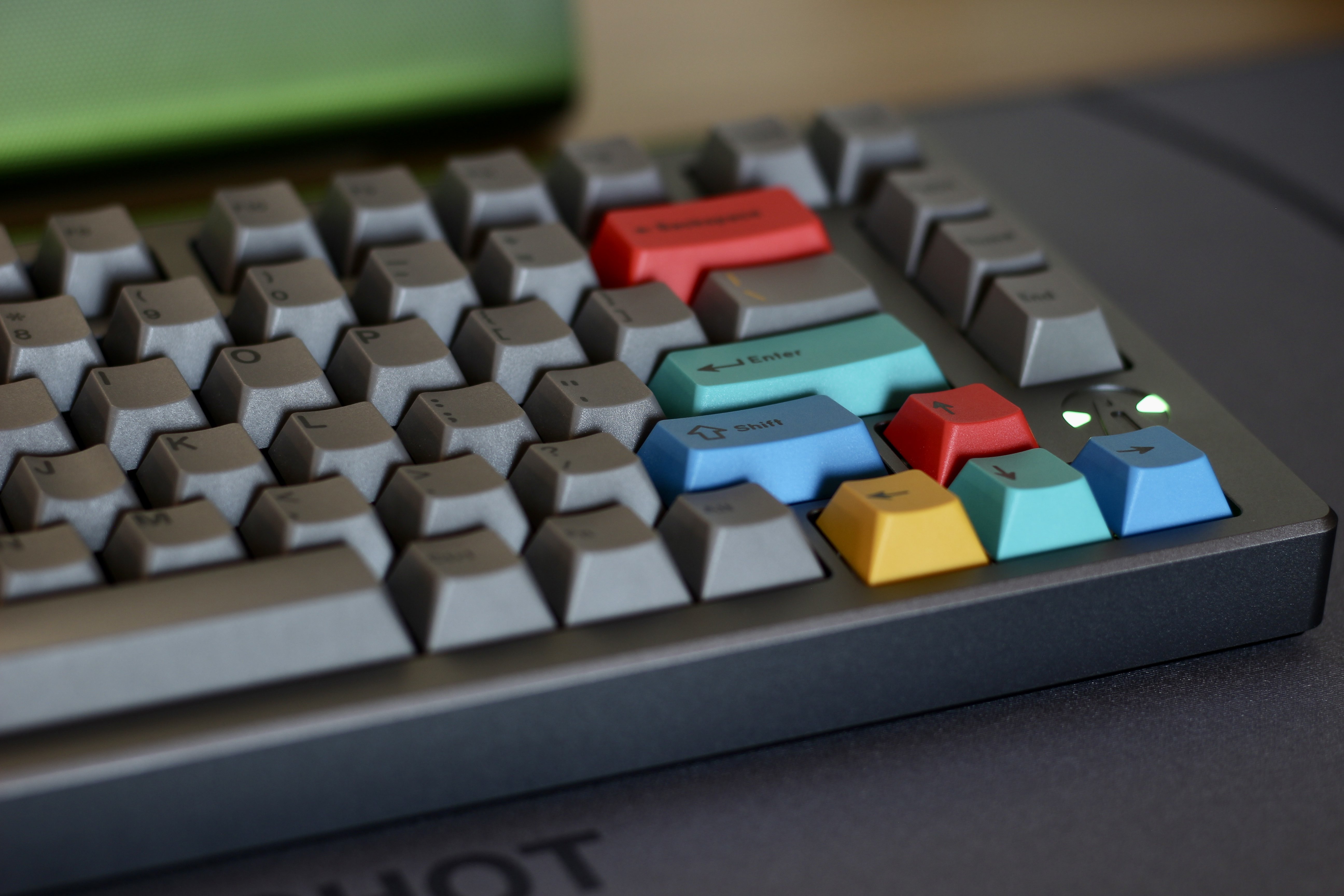Hi everyone, although I like to study the photography topic, I’m really a noob when it comes to practical terms.
I would like to take pictures at a family event which will take place in a garden in the evening/night.
Well, my gear is quite modest, and I know I don’t have what I need to take good pictures of both the place and the people there. I’m looking to rent a nice lens to carry around as I take pictures (and enjoy the party too! So I’m just taking one 😅). So I would really appreciate some advice on what to rent.
There are the four lenses I found while digging, two are primes, two are zooms:
-
Canon RF 24MM F/1.8 IS STM: it’s fast, with IS, but I’m not sure about portraits with this focal length.
-
Canon EF 24mm f/1.4 L II USM: super fast, no IS, still not sure about portraits with this focal length.
-
Canon EF-S 17-55mm f/2.8 IS USM: IS, quite fast, zoom lets me take portraits, but I’ve read it’s not very sharp.
-
Canon RF 15-35mm f/2.8 L IS USM: IS, quite fast, zoom lets me take portraits (not strongly as the one above but still).
Here’s my situation:
- I have Canon Eos R10 with the EF adapter.
- My hands are shaky, so without IS I need to be at least at 1/125…
- I like to keep ISO really low (<6400) if I can.
- I kind of pixel peep (I know I don’t have the right because I’m crap but I can’t resist) so I like to take as sharp pictures as I can.
Which lens would you reccommend? Since I’m renting them I was thinking about going all in with the expensive ones, the cost won’t increase much. The primes are so bright I feel comfortable they will be bright enough, but I don’t know if I can take good portraits at 24mm. On the other hand, zooms let me do more things, but I don’t know if I can handle f/2.8 with my crappy and shaky hands.
Of course, if you can think of other lenses that would be perfect for the job I’m all ears!
Cheers

That looks like it will be fairly dim. You’ll also likely wind up blowing the highlights to preserve the shadows, which might not be a big deal if all of the lights are the same color. Sadly, this isn’t the case for holiday lights…
Even though the bulb count is higher than a residential dwelling, my hunch is that the amount of light will be similar thanks to having walls and ceiling. Try taking photos in your place of residence after the sun is down as a stand-in for the actual location and see if you like the results.
Since most of the light will be from overhead, your on camera flash will need to fill in some shadows that will create on faces. If you can, ask what color temperature the bulbs will be so you can apply the correct jel to your flash. If not, bring multiple gels. The last thing you want is for the color temperature of your flash to be wildly off that of the lighting in the park.
So, quick update. I’ve gotten a cheap “diffuser” to put in front of the built-in flash (this one), and I’ve gone outside when it’s dark with some garden lamps around using my EF-S 24mm f/2.8 (so I can see with this aperture how it looks).
Well, first of all I’ve found out that man, flash photography is not intuitive, at least for me. I still don’t understand how to expose the pictures, especially with ETTL which, for my understanding, does exposure “automatically”, because all my pictures just look the same, with dark background and subject well lit.
I’ve read how, with this kind of photography, changing ISO, shutter speed, and aperture is supposed to change the exposure of the background, NOT the subject (which supposedly is handled by the camera+flash). Yet, I must be doing something wrong because the background is so dim every time.
If you have any tips that could help me out I would greatly appreciate it.
What you’re seeing is the result of a fairly well lit foreground and a dimly lit background. You do have a few options here:
It sounds like this is your first rodeo, which is totally fine. Just practice ahead of time and treat it as a learning experience. Low light portraiture is hard to do well, especially with a single flash and/or a slower lens.